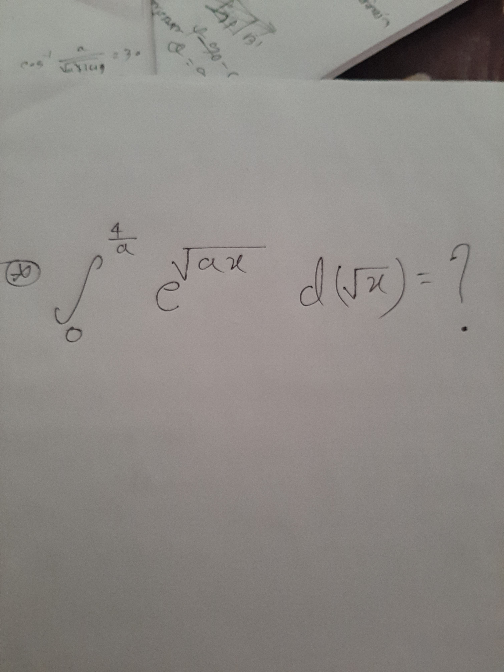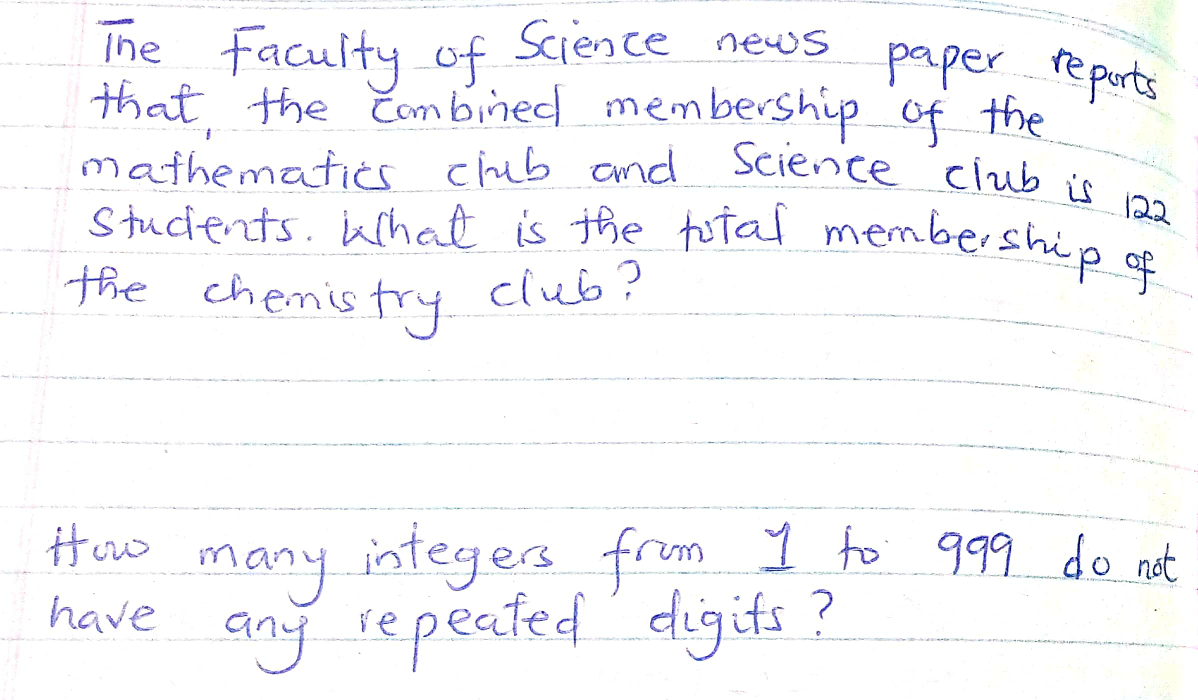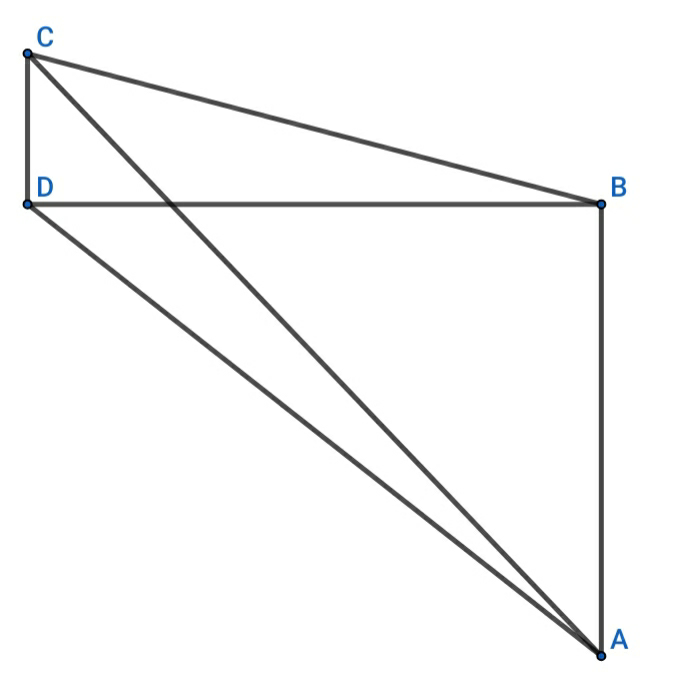
AllQuestion and Answers: Page 1413
Question Number 70672 Answers: 1 Comments: 1

Question Number 70669 Answers: 0 Comments: 5

Question Number 70659 Answers: 1 Comments: 0
Question Number 70653 Answers: 1 Comments: 1
Question Number 70651 Answers: 0 Comments: 3

Question Number 70639 Answers: 0 Comments: 0

Question Number 70638 Answers: 1 Comments: 1

Question Number 70627 Answers: 0 Comments: 0
Question Number 70620 Answers: 0 Comments: 4

Question Number 70617 Answers: 1 Comments: 0
Question Number 70602 Answers: 0 Comments: 1
Question Number 70601 Answers: 1 Comments: 0
Question Number 70598 Answers: 1 Comments: 0
Question Number 70597 Answers: 4 Comments: 0
Question Number 70596 Answers: 1 Comments: 1
Question Number 70595 Answers: 0 Comments: 1
Question Number 70594 Answers: 1 Comments: 1
Question Number 70592 Answers: 1 Comments: 1

Question Number 70590 Answers: 1 Comments: 1

Question Number 70583 Answers: 1 Comments: 0
Question Number 70587 Answers: 0 Comments: 1

Question Number 70568 Answers: 0 Comments: 1

Question Number 70562 Answers: 0 Comments: 0

Question Number 70571 Answers: 0 Comments: 1

Question Number 70582 Answers: 0 Comments: 1
Question Number 70543 Answers: 0 Comments: 6

Pg 1408 Pg 1409 Pg 1410 Pg 1411 Pg 1412 Pg 1413 Pg 1414 Pg 1415 Pg 1416 Pg 1417
